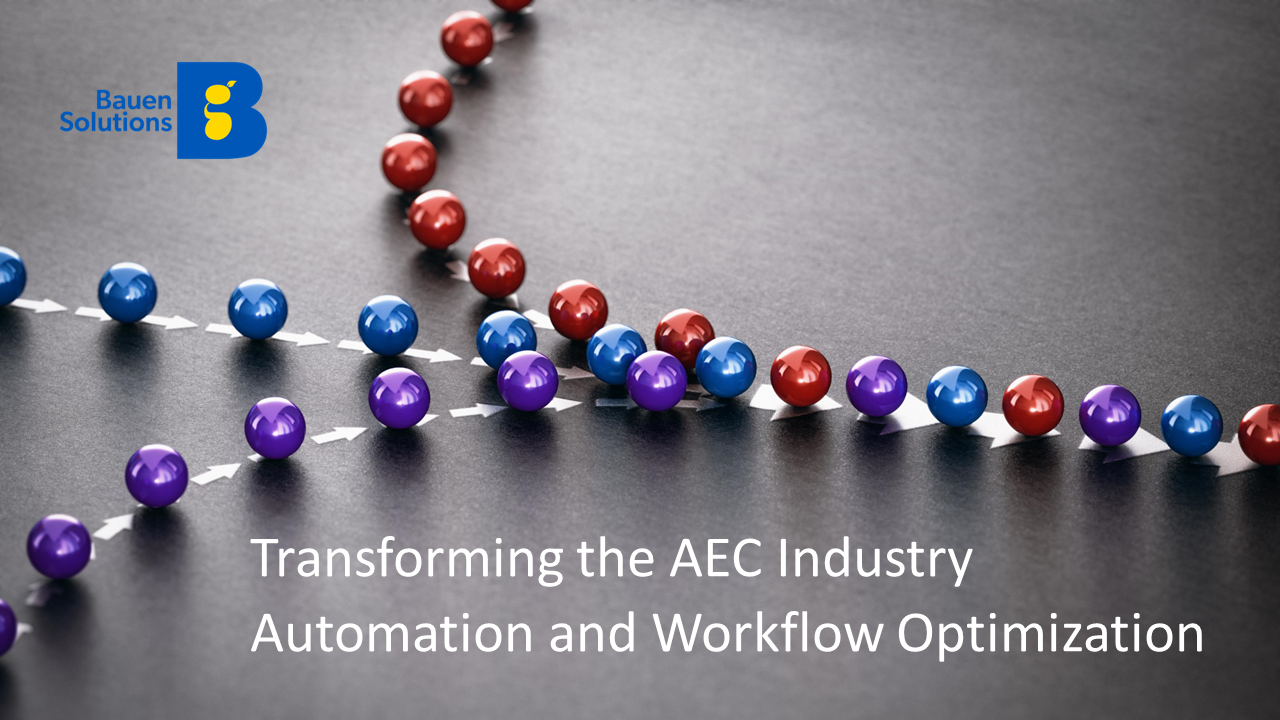We live in a world striving for more inclusivity. And in the technology landscape, one of the ways this manifests itself is greater concern for accessibility. Making accessible apps and services is now a must for organizations everywhere.
In this article, we’ll reveal our top tips for ensuring the apps you create in Microsoft Power Apps are as accessible as possible. But first, we’d like to briefly run through why we think Power Apps accessibility is an important topic in the first place.
Why we wrote this article
Low-code development platforms such as Power Apps are becoming increasingly popular and valuable for businesses. They democratize software development, allowing organizations to make the apps they need more quickly and economically. Now it’s possible to play a greater and more meaningful role in how your tools are created.
This is great – and we’re all for it. We’re big fans of the low-code phenomenon and we’re eager for Power Apps to deliver as much value for as many people as possible. However, some considerations often get neglected by newcomers to software development – and accessibility is one of them.
Expert software developers always keep matters like accessibility and user experience (UX) in mind. Others may not. So, that’s the reason for this article.
Common hurdles where accessibility falls down
There are a few major areas that often make the difference between accessible apps and apps that fall short:
- Screen reader-friendliness
- Video settings and captions
- Colors, fonts, and borders
Let’s get started.
Ensuring your app is screen reader-friendly
People with visual impairments often use screen reader software to “read” the text elements of apps or content aloud, via text-to-speech synthesis. But your app needs to be set up to help the screen reader do this.
Make sure to use the AccessibleLabel property with any input controls. This helps the user navigate the app and know when and how anything the app has changed when they interact with it.
Also be sure to add descriptions to images via AccessibleLabel. If you’ve ever built a web page, you can think of think of this like the ALT text that is added to images in web content – a description of what the image is, to help those unable to see it well.
Using the right video settings and captions
If your app contains any embedded video content, it’s accessibility best practice to turn off AutoStart. People using screen readers use sound as a key part of navigating apps, and when a video automatically plays without being purposefully started, the sound from that video will interfere with the user’s experience. As well as being an accessibility no-no, autoplaying videos are also often bad from a UX point of view – think of all the annoying autoplaying videos on web pages you’ve ever switched off. But that’s a topic for another article…
Ideally, any video or audio you embed within your app should also have closed captions. You can think of closed captions like subtitles which provide a visible text version of spoken content to help those with hearing difficulties. Make sure to use the ClosedCaptionsUrl property to specify where your caption file is located. Captions should be in the Web Video Text Tracks (WebVTT) format.
Choosing your colors, fonts, and borders
If you want to develop accessible apps for people with visual impairments, you should also make everything as clear as possible visually. Certain combinations of colors – e.g., red text on a grey background – will not be easily visible for everyone. Also, some fonts are more easily readable than others – particularly for dyslexic people, for instance, who sometimes have difficulty with traditional print-style “serif” fonts.
One other thing: you may want to consider creating two different versions of your app’s interface, so users can switch to “accessibility-optimized mode” if they need to. If you do this, it’s a good idea for the app to remember their selection the next time it starts, so they don’t need to toggle between modes every time.
Ready to start building accessible apps?
We hope this article has been a useful introduction to ensuring accessibility in Microsoft Power Apps development. Accessibility is a very interesting topic, and although we’ve outlined some crucial areas to cover, we’ve only scratched the surface. For instance, if your app will be used on mobile devices as well as desktop computers, you’ll need to think about mobile accessibility, too.
There are a lot of considerations to be made, and if you need more guidance, we’d like to help. Bauen Solutions are longtime Microsoft experts, with all the skills and experience necessary to make sure your new apps are as accessible as they can be. We’d like to help you create apps that all your users will love, and that that can be used comfortably and capably by everyone.
Want to discuss how we can help you make accessible apps in Microsoft Power Apps? Get in touch with us today.






